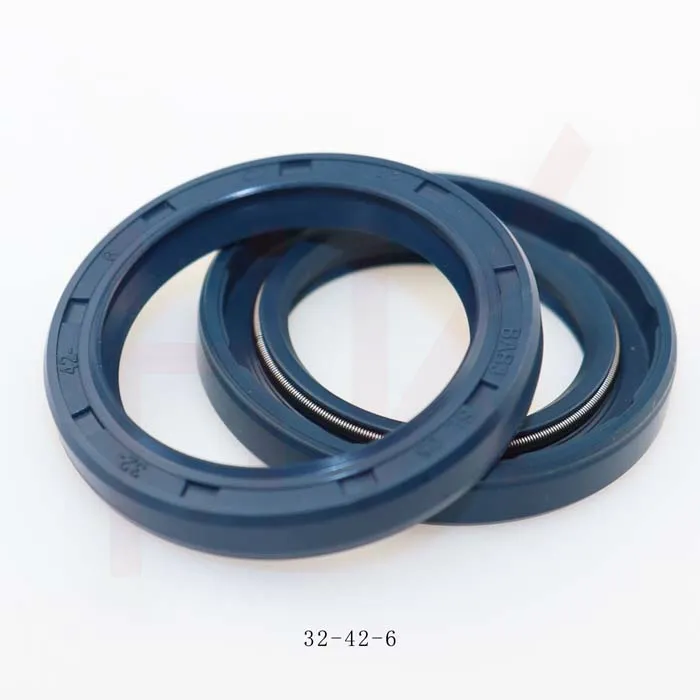Dec . 09, 2024 17:56 Back to list
Hydraulic Repair Kit for Efficient Maintenance and Quick Fix Solutions
Understanding Hydraulic Repair Kits What You Need to Know
Hydraulic systems are integral to a multitude of applications across various industries, from construction to automotive. The effectiveness and reliability of these systems largely depend on the components used and their maintenance. One of the most important aspects of maintaining hydraulic systems is having an understanding of hydraulic repair kits. In this article, we will delve into what hydraulic repair kits are, their components, and the steps to effectively use them.
What is a Hydraulic Repair Kit?
A hydraulic repair kit is a collection of tools, parts, and components designed to repair and maintain hydraulic systems. These kits are crucial for preventing system failures, ensuring safety, and prolonging the life of hydraulic equipment. They can be specific to certain brands or types of hydraulic machinery, including hydraulic cylinders, pumps, and valves.
Components of a Hydraulic Repair Kit
While the exact contents of a hydraulic repair kit may vary based on the manufacturer and the specific application, most kits typically include
1. Seals and O-Rings These components are vital for preventing leaks in hydraulic systems. They create a tight seal between two surfaces, ensuring that the hydraulic fluid remains contained within the system.
2. Pistons and Rods In cases where the hydraulic cylinder is damaged, replacement pistons or rods may be included in the kit. These components are integral to the movement and operation of the hydraulic system.
3. Gaskets Gaskets are used to seal the joints between different parts of a hydraulic system. They help prevent fluid from escaping and contaminants from entering.
4. Filters Hydraulic systems rely on clean fluids for efficient operation. Many repair kits include filters to replace clogged or damaged ones.
5. Tools Many hydraulic repair kits come with specialized tools needed for the installation and removal of the components. These might include wrenches, pliers, and screwdrivers.
6. Lubricants Some kits may also provide lubricants necessary for the proper functioning of various components, ensuring smooth operation and reducing friction.
hydraulic repair kit

How to Use a Hydraulic Repair Kit
Using a hydraulic repair kit effectively requires a basic understanding of the hydraulic system you are working on. Here’s a simplified step-by-step guide to using a hydraulic repair kit
1. Identify the Problem Before using the kit, it is crucial to diagnose the issue. Common problems include leaks, irregular movements, or a lack of pressure.
2. Consult Documentation If available, consult the equipment's manual or documentation to understand the specific components that need repair or replacement.
3. Gather Tools Collect any tools from the repair kit that will be needed for the job. Ensure that you have a clean workspace and all necessary safety equipment.
4. Disassemble the System Carefully remove the damaged components from the hydraulic system. Pay attention to how parts are assembled to ensure proper reassembly.
5. Install New Components Replace the old components with the new ones from the repair kit. Make sure to use lubrication where necessary and ensure seals and gaskets are appropriately seated.
6. Reassemble the System Once all new components have been installed, reassemble the hydraulic system carefully, following the manufacturer’s guidelines.
7. Test the System After reassembly, test the hydraulic system to ensure it operates correctly. Look for any leaks and listen for any unusual sounds, which may indicate that further adjustments or repairs are needed.
Conclusion
Hydraulic repair kits are essential tools for maintaining hydraulic systems and ensuring they operate effectively and safely. Understanding the components of these kits and knowing how to use them properly can save time and money, reduce downtime, and enhance the lifespan of your equipment. Whether you’re a DIY enthusiast or a professional technician, equipping yourself with a reliable hydraulic repair kit can empower you to tackle hydraulic issues with confidence.
-
TCN Oil Seal Metal Ring Reinforcement for Heavy Machinery
NewsJul.25,2025
-
Rotary Lip Seal Spring-Loaded Design for High-Speed Applications
NewsJul.25,2025
-
Hydraulic Cylinder Seals Polyurethane Material for High-Impact Jobs
NewsJul.25,2025
-
High Pressure Oil Seal Polyurethane Coating Wear Resistance
NewsJul.25,2025
-
Dust Proof Seal Double Lip Design for Construction Equipment
NewsJul.25,2025
-
Hub Seal Polyurethane Wear Resistance in Agricultural Vehicles
NewsJul.25,2025
-
The Trans-formative Journey of Wheel Hub Oil Seals
NewsJun.06,2025
Products categories
















